Debugging helps us to identify and fix defects in the application. We
will focus on run-time issues and not compile time errors. Eclipse is suitable for debugging using most of the IDEs like NetBeans too.
Before to know about debugging tips just keep the below points in your mind.
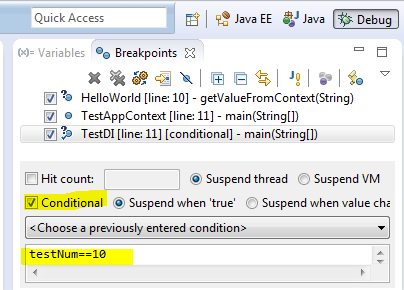
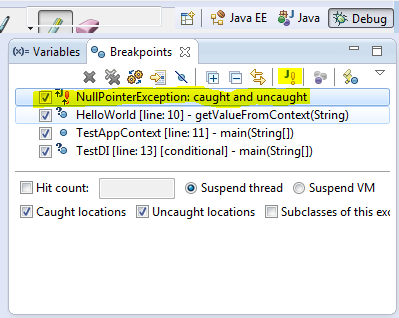

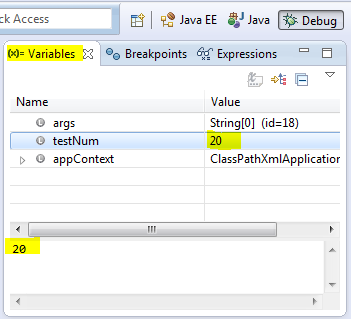
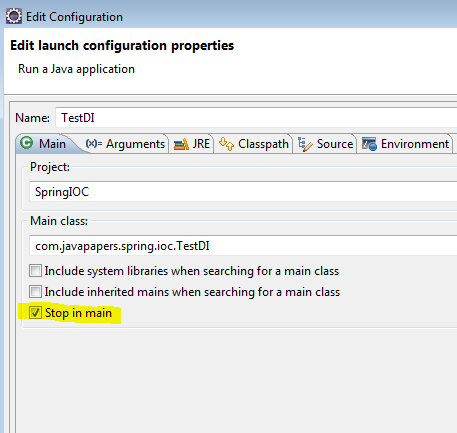
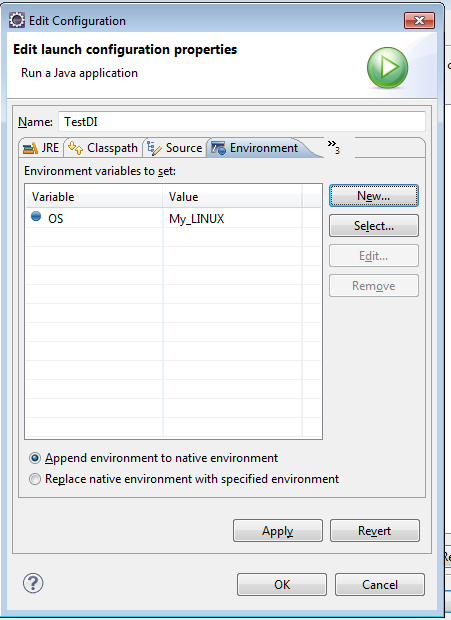



Before to know about debugging tips just keep the below points in your mind.
- Do not use System.out.println as a tool to debug.
- Enable detailed log level of all the components involved.
- Use a log analyzer to read logs.
1. Conditional Breakpoint
Just click on the left pane (just before the line number) to create a breakpoint. In debug perspective, ‘Breakpoints’ view will list the breakpoint created.

2. Exception Breakpoint
In Breakpoints view there is a button labeled as J! We can use that button to add a java exception based breakpoint. For example we want the program to halt and allow to debug when a NullPointerException is thrown we can add a breakpoint using this.
3. Watch Point
When a chosen attribute is accessed or modified program execution will halt and allow to debug. Select a class variable in Outline view and from its context menu select Toggle Watchpoint. This will create a watch point for that attribute and it will be listed in Breakpoints view.
4. Evaluation (Display or Inspect or Watch)
Ctrl+Shift+d or Ctrl+Shift+i on a selected variable or expression will show the value. We can also add a permanent watch on an expression/variable which will be shown in Expressions view when debug is on.

5. Change Variable Values
We can change the value of a variable on the fly during debug. Choose a variable and go to Variables view and select the value, type and enter.
6. Stop in Main
In Run/Debug Settings, Edit Configuration we can enable a check box that says Stop in main. If enabled when we debug a java program that launches with a main method, the execution halts at first line of main method.
7. Environment Variables
Instead of going to System properties to add an environment variable, we can conveniently add it through Edit Configuration dialog box.
8. Drop to Frame
We can just return the control to any frame in the call stack during debug. Changes made to variables will not be reset. Choose the stack level which you want to go back and restart debug from there and click the drop to frame button from debug toolbar.
9. Step Filter
When we Step Into (F5) a method we may go into external libraries (like java) and we may not need it. We can add a filter in preferences and exclude packages.
10. Step Into, Over and Return
- F5 – Step Into: moves to next step and if the current line has a method call the control will go into the first line of the called method.
- F6 – Step Over: moves the control to next line. If there is a method call in the current line, it executes the method call internally and just moves the control to next line.
- F7 – Step Return: When done from inside a method the control will move to the calling line from where the current method is invoked.
- F8 – Move to next breakpoint.

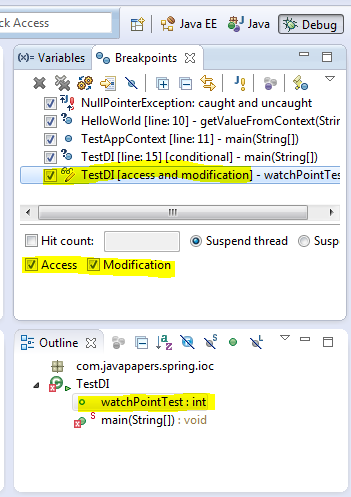
No comments:
Post a Comment